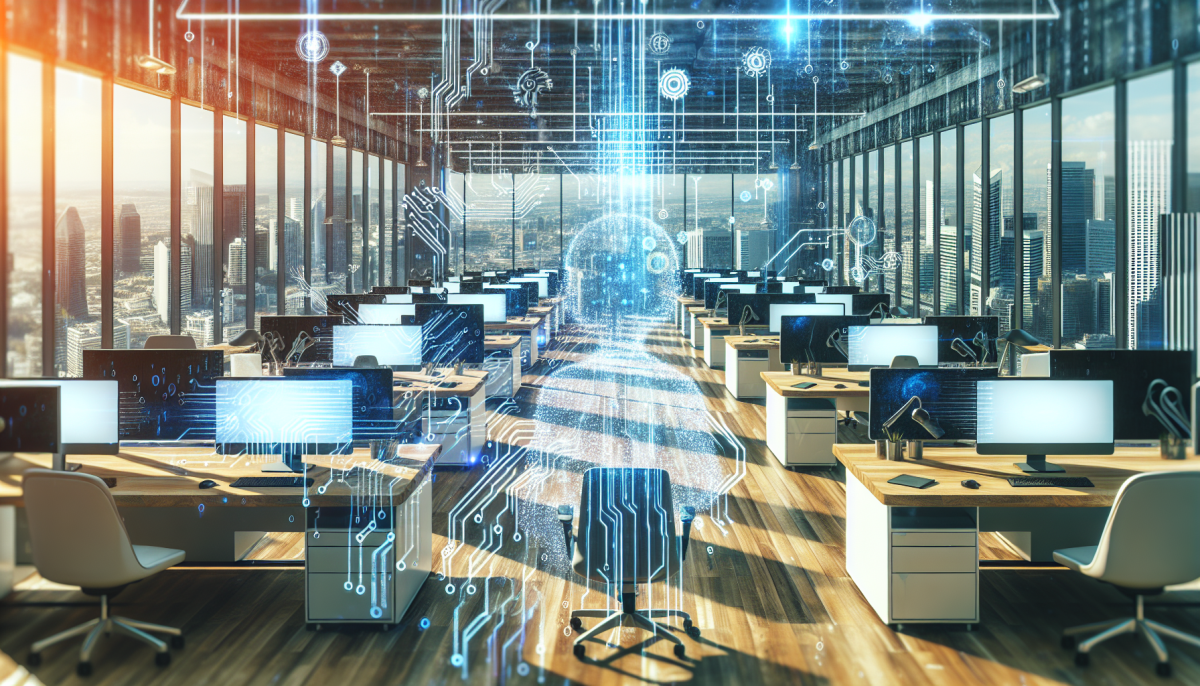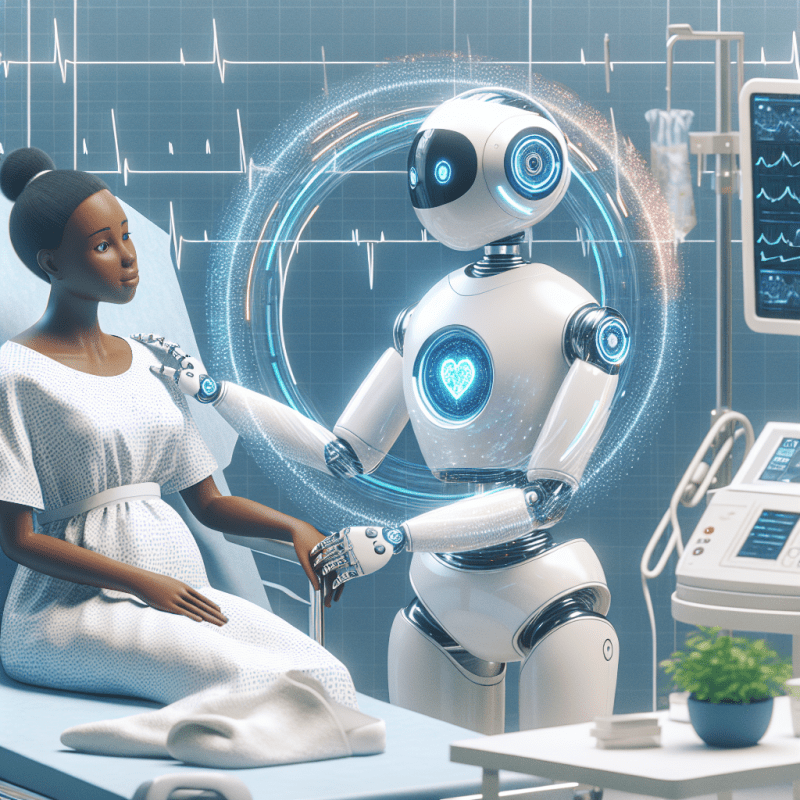In today's fast-paced world, AI programs are transforming the way we work. From automating repetitive tasks to providing valuable insights, these intelligent systems are revolutionizing workplaces across various industries. Businesses are embracing AI technology to boost productivity, reduce errors, and enhance decision-making processes.
One of the most significant advantages of AI programs is their ability to analyze vast amounts of data quickly. For instance, marketing teams can utilize AI to sift through customer data, identifying trends and preferences that help tailor campaigns effectively. This data-driven approach allows companies to make informed decisions and respond to market changes with agility.
Moreover, AI programs are increasingly being deployed in customer service settings. Chatbots and virtual assistants can handle inquiries around the clock, providing instant support to customers while freeing up human employees for more complex tasks. This not only improves response times but also enhances overall customer satisfaction.
Collaboration in the workplace is also becoming more seamless thanks to AI programs. Tools that employ AI can assist teams in scheduling meetings, managing projects, and even generating reports. By streamlining these processes, employees can focus on creativity and innovation rather than getting bogged down by administrative tasks.
As AI continues to develop, its capabilities will only expand, further integrating into everyday work life. Companies that adopt AI programs early on will likely have a competitive edge, leveraging the technology to foster a culture of efficiency and innovation. Embracing these advancements not only benefits businesses but also enhances the overall work experience for employees.
Boosting Productivity with Smart Tools
In today's fast-paced world, boosting productivity is a top priority for many professionals. One effective way to achieve this is by leveraging smart tools, particularly those powered by AI programs. These innovative technologies not only help streamline tasks but also enhance collaboration, ultimately transforming the way we work.
AI programs are designed to take on repetitive tasks, freeing up valuable time for employees to focus on more strategic initiatives. For instance, intelligent scheduling assistants can manage your calendar, automatically find open meeting slots, and even send reminders, ensuring that you stay on track without the hassle of multiple back-and-forth emails. This allows workers to step away from mundane responsibilities and dedicate their creative energy toward projects that require critical thinking.
In addition to task automation, AI programs can significantly enhance communication within teams. Tools equipped with natural language processing can summarize key points from meetings or chat conversations, ensuring that everyone stays informed and aligned. This visibility reduces the chances of miscommunication and keeps everyone on the same page, fostering a more collaborative work environment. As a result, productivity soars, and team morale often improves as well.
Lastly, AI programs can provide valuable insights by analyzing data sets quickly and accurately. By identifying trends and predicting potential outcomes, these tools empower teams to make informed decisions much faster than traditional methods would allow. This data-driven approach not only leads to better results but also cultivates a culture of continuous improvement, where employees are encouraged to innovate and refine their processes constantly.
Embracing Change in Work Environments
AI programs can help streamline processes, improve efficiency, and reduce the time spent on repetitive tasks. By integrating these tools into daily workflows, employees can focus on more strategic work that drives innovation. This shift not only enhances productivity but also creates a more dynamic work culture where creativity can flourish.
However, embracing change requires a mindset shift. Employers and employees alike must be open to learning and experimenting with new tools. Training and support are crucial in helping teams adapt to AI programs smoothly. As everyone becomes more comfortable with technology, the potential for collaboration increases, fostering a supportive environment that encourages growth and development.
Ultimately, the key to successfully embracing change lies in understanding the value that AI programs bring to the workplace. By focusing on how these tools can enhance our daily routines, we can cultivate a more adaptable workforce ready to tackle the challenges of tomorrow.
Future of Work with AI Innovations
The future of work is being shaped dramatically by AI programs that are transforming how we approach tasks and collaboration. With advancements in artificial intelligence, businesses are seeing improvements in productivity, efficiency, and creativity. Imagine a workplace where mundane tasks are automated, allowing employees to focus on more strategic and fulfilling activities. This shift not only enhances job satisfaction but also drives innovation within organizations.
AI programs are being integrated into everyday operations, facilitating seamless communication and data analysis. From intelligent assistants that schedule meetings to advanced analytics tools that provide insights into market trends, these innovations are changing the landscape of the workplace. Companies leveraging AI are better equipped to make decisions quickly, adapt to changes in the market, and enhance customer experiences.
Additionally, AI programs are making remote work more effective. With tools that track productivity and support collaboration across different time zones, teams can work together effortlessly, no matter where they are located. This has opened up a world of opportunities for talent acquisition, allowing companies to hire the best candidates regardless of geographical constraints.
As we look to the future, it is clear that AI programs will continue to evolve, offering even more sophisticated solutions. The integration of machine learning and natural language processing is just the beginning. As these technologies advance, the possibilities for innovation are endless, paving the way for a more flexible and dynamic work environment that can adapt to the needs of both employers and employees alike.



